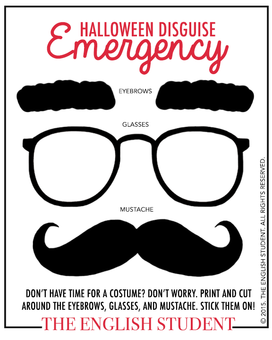
If you don't have time to come up with a last-minute costume idea, print out my Emergency Halloween Disguise here. Cut around the over-sized eyebrow, glasses, and mustache. Stick them on to disguise yourself.
A 'disguise' (noun) is something that can change your appearance or hide who you are. If I 'disguise' (verb) myself, it means I pretend to be someone else. During Halloween people like to disguise themselves and be someone else! Who do you want to dress up as this year?
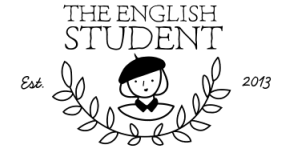
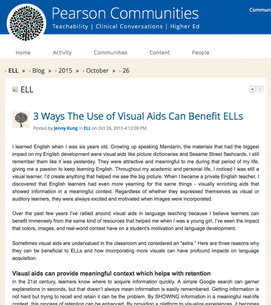
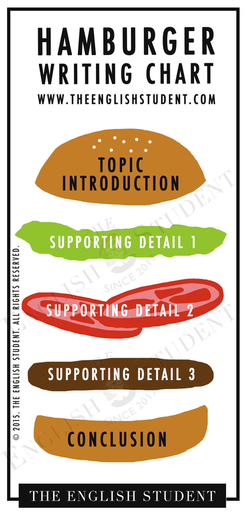
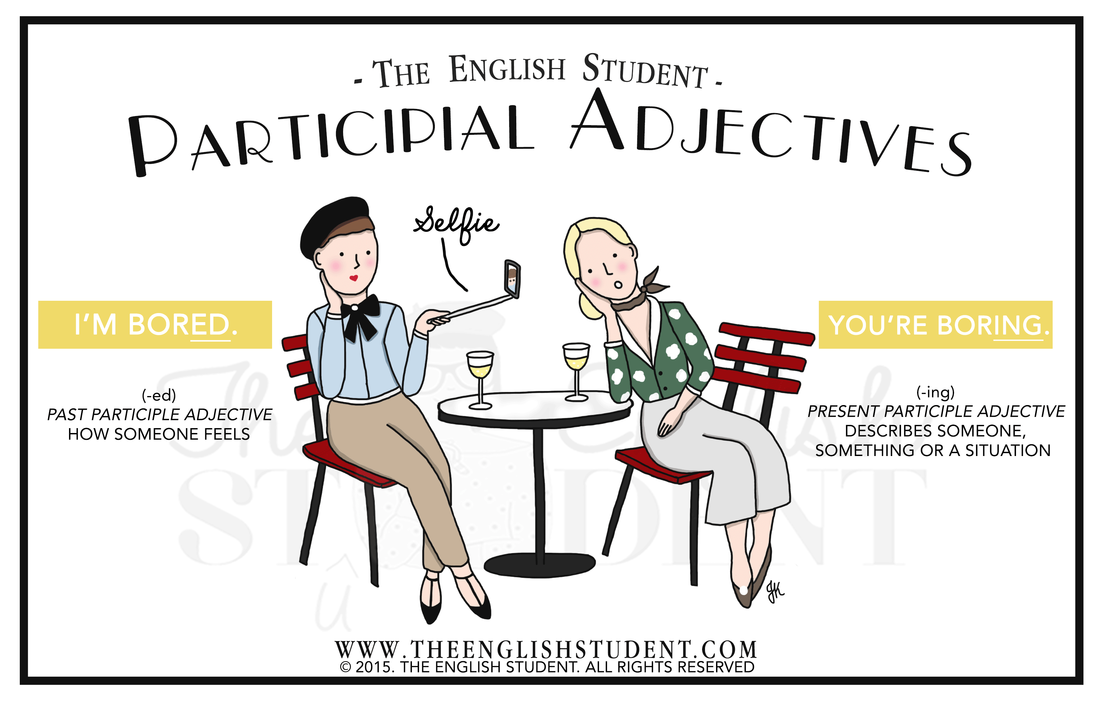
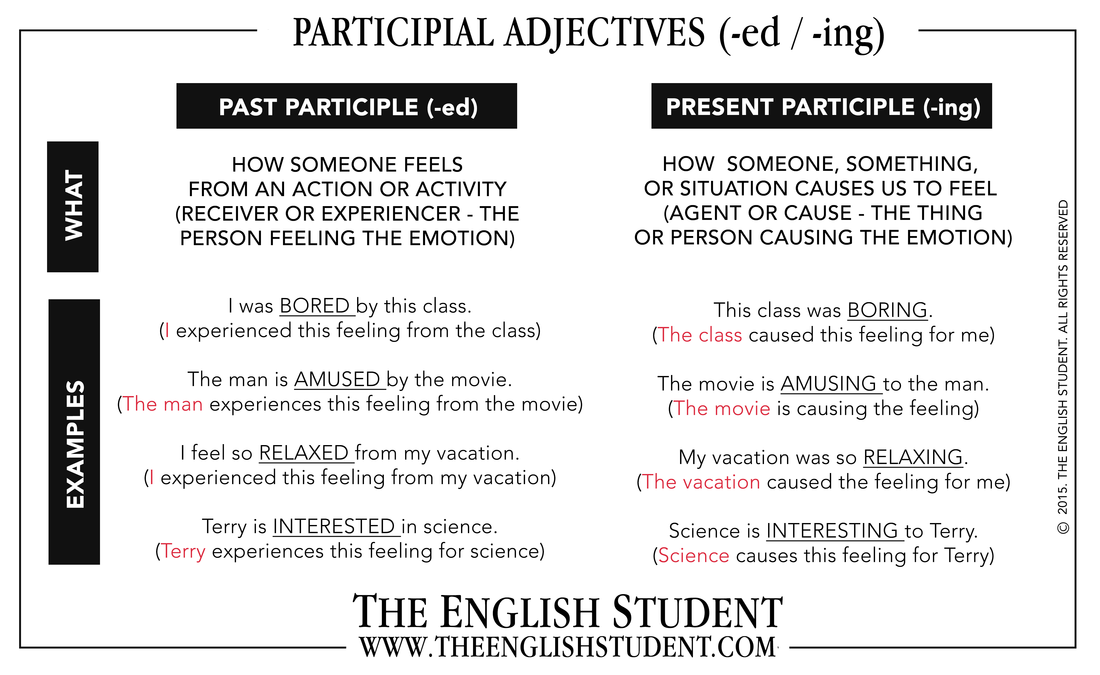






 RSS Feed
RSS Feed
